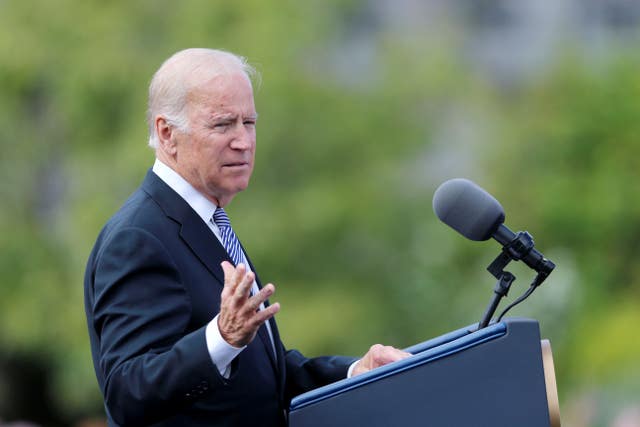Could there be a tie for the Presidency?
The race between Donald Trump and Joe Biden remains tight as people in the UK wake up.

As voters awaited the results of a tight presidential election between Donald Trump and Joe Biden, questions have been raised about the possibility of a tie.
While Mr Trump and Mr Biden’s names may be on the ballots that millions of Americans have filled in over the last few weeks, voters in the US do not directly elect their president.
Instead, the individual votes in a state are typically reflected in votes cast by electors in the Electoral College, with 270 votes needed to win the seat in the White House.
The remaining Electoral College votes leave several routes for either candidate to win the election – or for the poll to end in a tie.
If Mr Biden wins all the states won by then-Democratic nominee Hillary Clinton in 2016, and gains Michigan, Wisconsin and Arizona, both he and Mr Trump would end up on 269 votes.
A tie would also arise if Mr Biden wins everything that Mrs Clinton did, plus Michigan and Pennsylvania – after he won one of Nebraska’s five electoral votes.
Mr Biden would end up on 268 votes if he held on to the states won in 2016 in addition to Michigan and Pennsylvania, which would put Mr Trump exactly on 270.

These combined votes would put the current President at 274 votes following his victories in the populous states of Florida and Texas, though it would be a much narrower victory than his 306 votes in 2016.
If there is a tie, the newly elected House of Representatives would choose the president, with each state delegation having one vote.
A simple majority of states, equivalent to 26 votes or more, would be needed to win.
A tie has not been seen in modern times but the process was implemented in the 1800s, including in the election of 1800 between Thomas Jefferson and Aaron Burr.

It is feared that some states, including Pennsylvania, Wisconsin, and Michigan, may not report results for potentially days.
The situation is further complicated because even if one candidate wins 270 votes, their path to the White House could still face problems.
While many states have laws requiring electors in the Electoral College to vote in the way that corresponds with the popular vote of the state, others can vote contrary to the public’s decision.
These voters, known as faithless electors, could tip the balance if the winner has a tight margin when they vote on December 14.
Faithless electors have been seen in some elections, including in 2016 when the results at a state level were 304 to 227 in favour of Mr Trump, despite the results being 306-232 at state level.
However, these votes are rare, as electors are typically loyal members of their respective parties, and it is very likely that such a move which alters the result would be challenged.





